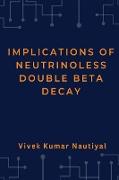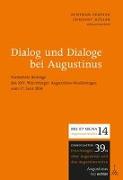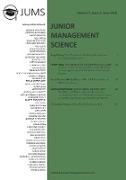Implications of Neutrinoless Double Beta Decay
BücherAngebote / Angebote:
Neutrinoless double beta decay is a hypothetical type of radioactive decay in which two neutrons in the nucleus of an atom simultaneously convert into protons, emitting two electrons and no neutrinos. The observation of neutrinoless double beta decay would have significant implications for our understanding of the nature of neutrinos and the properties of matter. It would prove that neutrinos are their own antiparticles (also known as Majorana particles) and that the total lepton number is not conserved. Additionally, it would provide information on the absolute mass scale of neutrinos, which is currently unknown. The observation of neutrinoless double beta decay would also have implications for our understanding of the matter-antimatter imbalance in the universe and the possible existence of physics beyond the standard model .
The discovery of radioactivity by Henri Becquerel in 1896 opened a new dimension
in the field of nuclear physics. Alpha, beta and gamma rays are the relics of radioactive decays,
and their emissions are governed via strong, weak and electromagnetic interactions respectively.
The energy spectrum of alpha and gamma decays are discrete in nature due to the emission of a
single particle. In 1914, James Chadwick reported the continuous energy spectrum of beta
radiation. In order to explain this continuous spectrum, Wolfgang Pauli proposed the emission of a
chargeless and massless fermion along with beta particle and called it "neutron" .
On 4¿¿ December 1930, Pauli wrote a letter to nuclear physicsts who were going to meet a few days
later in Tiibingen, Germany, "Dear Radioactive Ladies and Gentlemen, As the bearer of these lines,
to whom I graciously ask you to listen, ...... I have hit upon a desperate remedy to save the
"exchange theorem" of statistics and the law of conservation of energy. Namely, the possibility that in the nuclei there
could exist electrically neutral particles, which I will call neutrons, that have spin
and obey the exclusion principle and that further di er from light quanta in that they do not tra el with the elocity o light. he mass o the neutrons should be of the same order of magnitude as the electron mass and in any e ent not larger than 0.01 proton mass. - he continuous beta spectrum would then make sense with the assumption that in
beta decay, in addition to the electron, a neutron is emitted such that the sum o
the energies of neutron and electron is constant...
Folgt in ca. 5 Arbeitstagen




